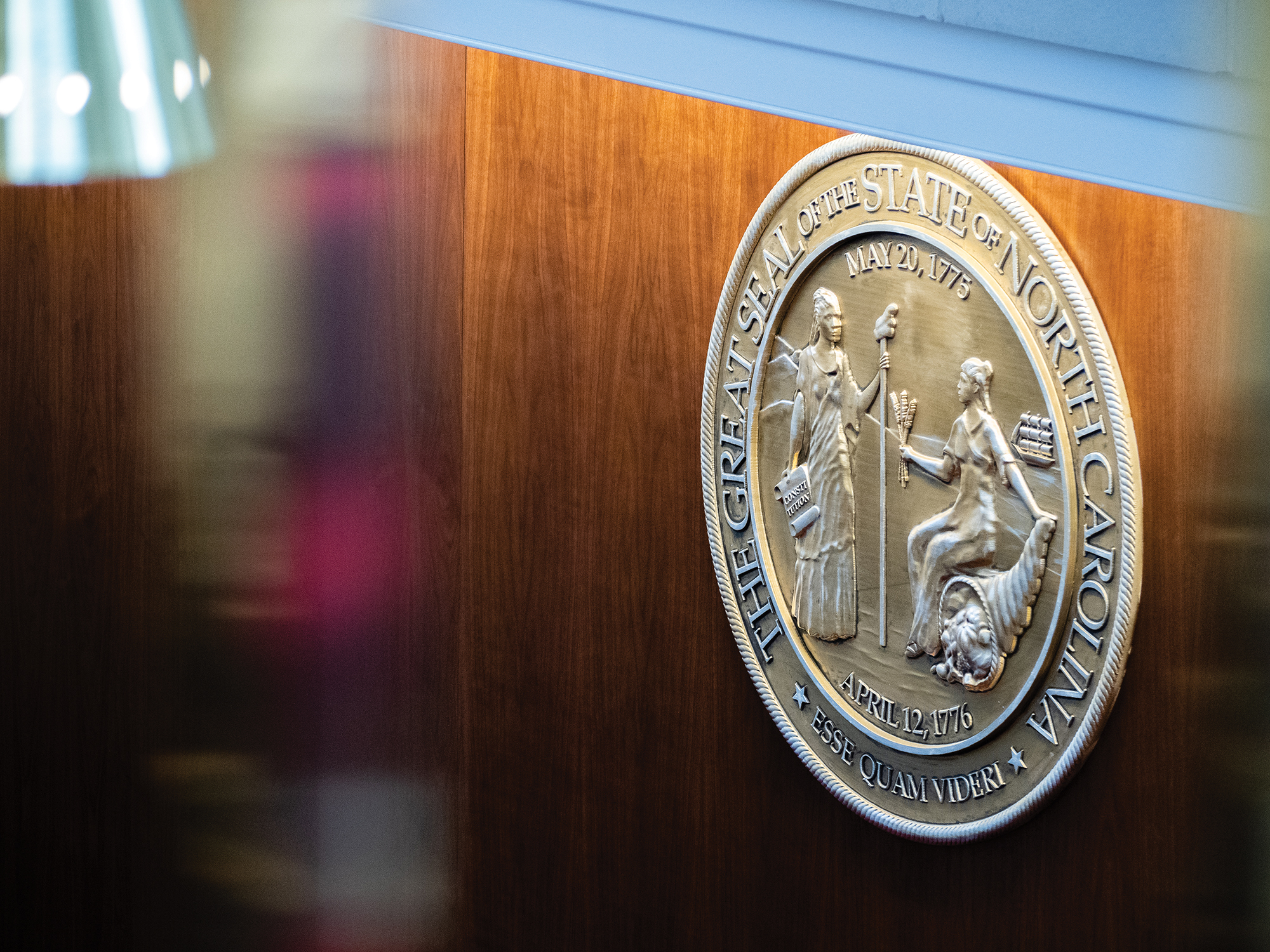The 2021 session of the General Assembly proved to be the longest in the state’s history. Even as the year ended, legislators continued to pass legislation related to the 2022 elections and the creation of new electoral districts.
Noteworthy as its length was, the successes for cities and towns were every bit as significant.
In many ways, those successes were the culmination of years of work to make the case for the importance of the state’s municipalities to the economy and the need for both investments and local flexibility so that North Carolina can continue to thrive.
The results, of course, were set against a backdrop of one of the most difficult periods in the history of the state and country. The global pandemic had created an extremely challenging year in 2020 for everyone. For local elected leaders, those challenges included uncertainty regarding local tax revenues, addressing public health concerns, and balancing those health concerns with attempting to encourage an economic rebound for industries hurt by COVID-19.
Setting the stage for the legislative session, and the success that it represents for cities, was the passage of the federal American Rescue Plan Act in March 2021, legislation focused on economic recovery, as opposed to the earlier federal CARES Act focused on COVID response.
The ARPA appropriated $1.3 billion in direct assistance to North Carolina municipalities over the next two years, but also provided $5.5 billion for recovery funds to the state. Many of those dollars will make their way to municipalities, through the passage of a state budget, for both specific infrastructure projects and through existing programs focused on infrastructure and other needs. In combination, the assistance offers a once-in-a-generation opportunity to address water, sewer, economic development, and quality-of-life needs in cities and towns.
NCLM President and Salisbury Mayor Karen Alexander said it was clear that League members and staff made a comprehensive and compelling case regarding the needs of cities and towns, and how meeting those needs would further the state’s economy and improve the lives of residents.
“Legislators want accountability, but they left it to us. This is not one-size-fits-all,” Alexander said.
 Finally, a Budget Deal
Finally, a Budget Deal
A final deal on the $26 billion state budget only came about after weeks of negotiations that began in the summer and moved into the fall. In previous years, legislative leaders and Gov. Roy Cooper had not been able to agree to a comprehensive budget plan, resulting in first vetoes and overrides of those vetoes, and then smaller spending bills that eliminated contentious items once legislative supermajorities (veto-proof margins) had gone away. In 2021, the governor, House Speaker Tim Moore, and Senate leader Phil Berger appeared determined to not repeat the same process and to approve a comprehensive state budget.
With an agreement reached in November, the state is poised to spend roughly $9 billion in infrastructure, with much of those dollars flowing directly and indirectly to cities and towns. One of the biggest beneficiaries of this budget plan will be struggling water and sewer utilities across the state, with $456.4 million pushed into the state Viable Utility Reserve and over $1 billion placed into a separate reserve that will flow through the existing Clean Water State Revolving Fund or the Drinking Water State Revolving Fund programs. Another $103.6 million is appropriated to provide local assistance for stormwater programs, while roughly $55 million will go to general storm resiliency and other water resource restoration assistance.
Other infrastructure funding includes: $347 million for various storm mitigation and resiliency projects (mostly individually earmarked), $115 million for local airport projects, $50 million for a new Rural Downtown Transformation Grant program, and $24.2 million for the Parks and Recreation Trust Fund. An additional $1 billion was put toward broadband infrastructure, although none of that money was provided directly to municipalities.
In comparison to prior years’ spending levels, the budget also took large strides in providing more dollars for affordable housing. The most noteworthy appropriation is a $170 million investment in the Workforce Housing Loan Program, which provides funding to build affordable housing. By making the program a revolving loan fund, it should also grow the available amounts over time.
Policy: Here, There, Everywhere
The budget bill also became the primary vehicle by which a lot of public policy changes were approved, with the bill ballooning to 628 pages of text as a result.
For cities and towns, the policy changes included some positives and other changes that are simply noteworthy. The state Historic Preservation Tax Credit Program, so important to redevelopment projects, had the program expiration date extended several more years to 2030. A budget provision created a new employee benefit for firefighters by providing an insurance program for those with cancer diagnoses deemed to be work-related, providing state funding and avoiding a mandate on local employers, and doing so while not creating the cost uncertainty of making changes to workers’ compensation insurance.
Other policy provisions would require the Local Government Commission to develop a new system for monitoring the fiscal health of local government units and prohibit state agencies and local governments from paying ransom associated with cyberattacks.
By the time of its passage, the policy packed into the budget had also become noteworthy for what wasn’t there. After the House budget proposal included provisions to eliminate local stormwater programs, do away with local school siting authority, undermine local short-term rental rules, and eliminate local tree ordinances, all of those provisions were dropped. That success came only after a substantial effort by NCLM members to make their concerns known to legislators and how the policy changes would have detrimental effects in local communities.
The Rest of the Story
While the state budget took up most of the chapters of this legislative session, other important chapters played out earlier. NCLM worked extensively with elections officials and legislators to put together a solution to the problems associated with delayed U.S. Census results and how delays in data would affect municipal elections in which councils are elected by districts.
Substantial pieces of land-use legislation that would have damaged local decision-making also were defeated, failed to pass, or were modified—the most significant being a bill that would have eliminated all single family-only zoning and put severe hurdles in the way of special use zoning that is crucial to mixed-use development.
In the aftermath of 2020’s protest of police use of force, criminal justice reform became a key topic, with legislation approved that requires police departments to collect information about critical incidents, creates a statutory duty to intervene and report excessive force by law enforcement, provides additional mental health resources, adds screening requirements for law enforcement officers, and adds to training programs.
NCLM Executive Director Rose Vaughn Williams reiterated how the legislative session’s high points came about due to hard work that occurred over several years.
“This success would not have been possible without the work of our members engaging their legislators in positive dialogue for change. Our members set the highest priority goals for all cities and towns from across the state, and then followed up by working to make them a reality through the actions that occurred at the General Assembly,” she said.
That hard work now continues with the utilization of these new resources to see lasting effects in communities across the state.
















